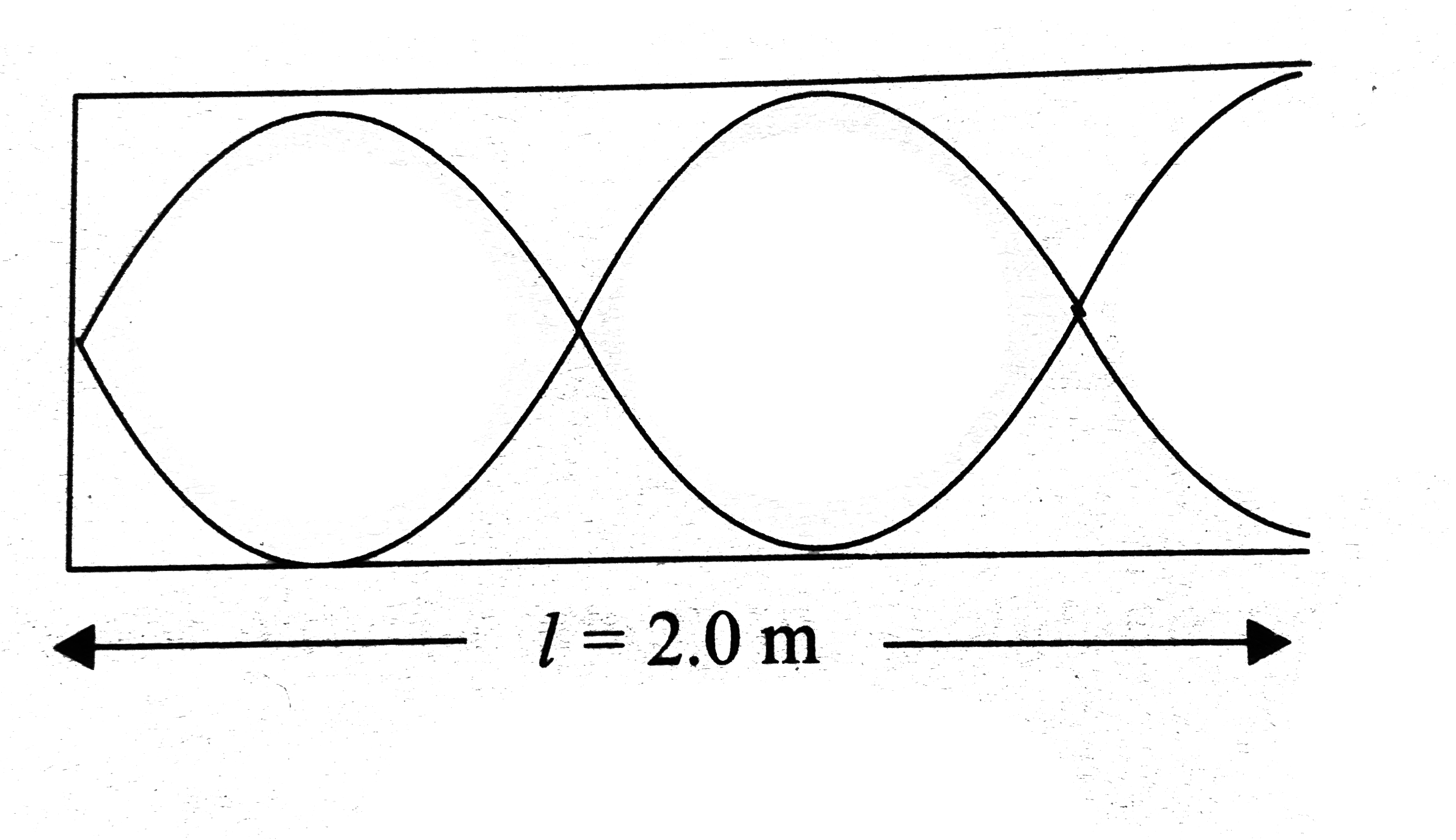A longitudinal wave travels at a speed of 0.3 m s−1 and the frequency of wave is 20 Hz. Find the separation between the two consecutive compressions.
To solve the problem of finding the separation between two consecutive compressions in a longitudinal wave, we can follow these steps:
Step 1: Understand the relationship between speed, frequency, and wavelength
The speed of a wave (V) is related to its frequency (f) and wavelength (λ) by the formula:
V=f×λ
Step 2: Identify the given values
From the problem, we have:
- Speed of the wave, V=0.3m/s
- Frequency of the wave, f=20Hz
Step 3: Rearrange the formula to solve for wavelength
We need to find the wavelength (λ). Rearranging the formula gives us:
λ=Vf
Step 4: Substitute the known values into the formula
Now, substitute the values of V and f into the rearranged formula:
λ=0.3m/s20Hz
Step 5: Perform the calculation
Calculating the above expression:
λ=0.320=0.015m
Step 6: Convert to centimeters
Since 1 meter = 100 centimeters, we can convert the wavelength from meters to centimeters:
λ=0.015m×100cm/m=1.5cm
Final Answer
The separation between two consecutive compressions in the longitudinal wave is:
λ=1.5cm
---
The speed of a wave (V) is related to its frequency (f) and wavelength (λ) by the formula:
V=f×λ
From the problem, we have:
- Speed of the wave, V=0.3m/s
- Frequency of the wave, f=20Hz
We need to find the wavelength (λ). Rearranging the formula gives us:
λ=Vf
Now, substitute the values of V and f into the rearranged formula:
λ=0.3m/s20Hz
Calculating the above expression:
λ=0.320=0.015m
Since 1 meter = 100 centimeters, we can convert the wavelength from meters to centimeters:
λ=0.015m×100cm/m=1.5cm
The separation between two consecutive compressions in the longitudinal wave is:
λ=1.5cm
Topper's Solved these Questions
- PROPAGATION OF SOUND WAVES Book:ICSEChapter:PROPAGATION OF SOUND WAVES Exercise:EXERCISE -8(B)
Explore 19 Videos
- PROPAGATION OF SOUND WAVES Book:ICSEChapter:PROPAGATION OF SOUND WAVES Exercise:EXERCISE -8(B) (Multiple choice type)
Explore 3 Videos
- PROPAGATION OF SOUND WAVES Book:ICSEChapter:PROPAGATION OF SOUND WAVES Exercise:EXERCISE -8(A) (Multiple choice type)
Explore 4 Videos
- PRESSURE IN FLUIDS AND ATMOSPHERIC PRESSUREBook:ICSEChapter:PRESSURE IN FLUIDS AND ATMOSPHERIC PRESSUREExercise:Exercise -4(B)Numericals
Explore 5 Videos
- REFLECTION OF LIGHTBook:ICSEChapter:REFLECTION OF LIGHTExercise:EXERCISE 7(C)
Explore 54 Videos
Similar Questions
A wave travels at a speed of 0.3 m s−1 and the frequency of wave is 20 Hz. Find the separation between two consecutive compressions.
View SolutionA longitudal wave is produced on a slinky. The wave travels at a speed of 30 cm/s and the frequency of the wave is 20 Hz. What is the minimum separation between two consecutive compression of the slinky?
View SolutionA sound wave travels at a speed of 339m/s. If its wavelength is 1.5cm, what is the frequency of the wave ? Will it be audible ?
View SolutionTwo waves are approaching each other with a velocity of 20m/s and frequency n. The distance between two consecutive nodes is
View SolutionA sound wave of frequency 10 kHz is travelling in air with a speed of 340ms−1. Find the minimum separation between two points where the phase difference is 60∘.
View SolutionThe speed of a wave in a streched string is 20ms−1 and its frequency is 50 Hz. Calculate the phase difference in radian between two points situated at a distance of 10 cm on the string.
View SolutionA progressive wave moves with a velocity of 36m/ s in a medium with a frequency of 200Hz. The phase difference between two particles seperated by a distance of 1 cm is
View SolutionThe frequency of a mechanical wave is 256 Hz. Calculate its wavelength when its speed is 512m/s.
View SolutionThe intensity of a wave propagating through air is 0.22Wm−2. If the frequency of the wave is 500 Hz calculate the displacement amplitude ? [Density of air=1.29 kgm3, speed of sound in air= 340 m/s]
View SolutionThe standing wave pattern shown in the tube has a wave speed of 5.0ms−1. What is the frequency of the standing wave [ in Hz approx.] ?

View Solution